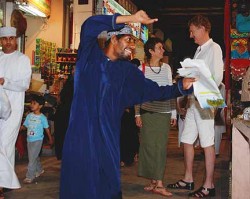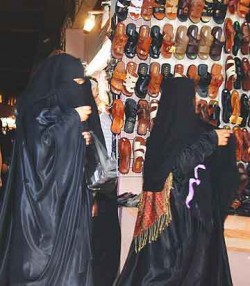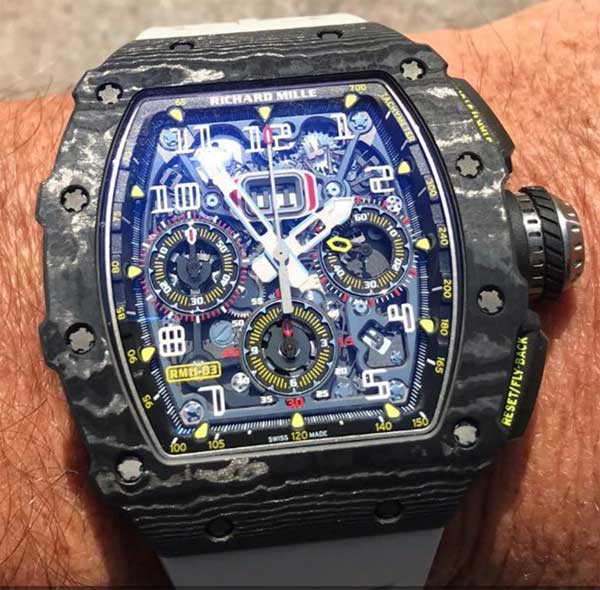Watch-theft in Stockholm is drastically increasing. Most seem to be targeted and well-planned. Social media may be a research tool for the thieves.
Continue readingMuscat souk

There was plenty of clowning around in Muscat last week. In the souk, Bob put a camera on a tripod and walked away from it. We wouldn’t do that in most of the places we visit, including other countries under strict Sharia law. But this Omani souk, crowded with locals, had a comfortable, family atmosphere.

Bob held a remote and snapped a few test shots. Without warning, this happy man danced into our shot. These two women also stepped in front of the shutter. A large number of women were completely covered, not even eye slits in their black face veils. Some wore sunglasses on top of full face veils.
I understand that Muslim women must cover themselves, but in 110 degree heat, their multiple layers must be torture. Bob was drenched in a loose, light-as-air shirt. I was hot in my two skimpy layers.

The local women wore long pants and long sleeves under their abayas and veils, and some wore scarves, too. Omani women wear very long abayas, “taller than themselves,” a custom which dates back to their Bedouin days, when even a woman’s footprints in the sand should not be seen. The long gown gracefully erased them. Omani men wear a tassel at the neck of their dishdasha, which is drenched in scent to enhance male-to-male hugs.

Bob plopped down among a group of men who happily gave permission to be photographed, despite their dubious expressions here. Turns out they were right to doubt the intentions of the tall skinny Western man with unseemly bare legs.
It wasn’t long before Bob had the watch of one of the men. After a suitable moment of laughter from the others, Bob returned the watch and was admonished with a smile.

I’m happy to report that Bob left town with both hands intact.
At the Muscat airport, we had to sit in the lobby an hour, waiting for check-in to begin. We found chairs in a “family section,” which was filled mostly with women (about 30) and small children, and a few couples. About half the women were fully covered; meaning, not even eyes showing. The rest were bare-faced or only eyes showing, plus one Indian in a sari, and one Muslim nanny in an ordinary headscarf. I watched the little children run around, ages 2 to 6, and wondered how they identified their mothers. The women had no peripheral vision; I wondered if they can even see to step off a curb.

High-end shops are popular in the Arab world. Women buy the latest Prada and Versace outfits, then cover them with abayas. At social gatherings, the women gather in a private room and remove their abayas.


